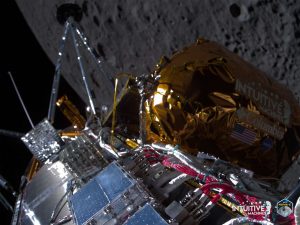DAVINCI+ and VERITAS, the two new missions announced by NASA recently, aim to be one of the few missions providing the inputs required by the scientific community to unravel the mysteries of our solar system.
Humans have already started exploring Earth’s nearest planet Mars and have now picked the second in line, Venus.
NASA’s newly instated administrator Bill Nelson said in a statement, “These two sister missions both aim to understand how Venus became an inferno-like world, capable of melting lead at the surface”, reported AFP.
Also Read: Curious what the fabric of our galaxy looks like? NASA has got you covered
The Discovery Program, which is being run by America’s space agency, has granted $500,000 million to the interplanetary missions while setting the launch timeframe by 2028-2030.
Also Read: US space probe Osiris-Rex heads home with asteroid dust
DAVINCI+ (Deep Atmosphere Venus Investigation of Noble gases, Chemistry, and Imaging)
1) Gather details about Venus’ atmospheric composition, which is predominantly made out of carbon dioxide
2) Aim to determine if oceans ever existed on Venus
3) Measure the levels of noble gases and other elements to study the planet’s greenhouse effect
VERITAS (Venus Emissivity, Radio Science, InSAR, Topography, and Spectroscopy)
1) Investigate the planet’s geological history
2) Will aim to map the Venusian surface
3) Confirm whether volcanoes and earthquakes are still happening on the planet
NASA has previously sent other vessels on the interplanetary journey to Venus. The last orbiter to reach the planet was Magellan while others have made fly-bys.






